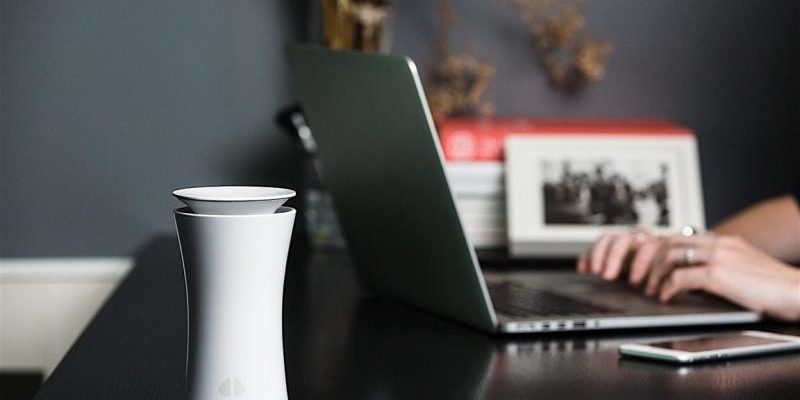People spend a lot of time indoors. Some studies suggest that as much as 90 percent of our time is spent indoors. Did you know that the air pollution levels inside the typical home are significantly higher than those of the outside air? Here are five ways you can improve the air quality inside your home.
Keep Your Home Clean
Some of the main sources of air pollution inside the home are dust, mold, and pet dander. You can reduce your exposure by keeping your home clean. Carpeting traps everything in its twisted fibers, and should be vacuumed at least once per week and steam cleaned regularly. Keeping your home dusted, vacuumed, and mopped will reduce the amount of dust and pet dander in the air. Keeping your bathrooms, kitchen, and laundry room well-ventilated and leak-free will help prevent mold growth.
Minimize Carpeting in Your Home
If possible, try to minimize the amount of wall-to-wall carpeting in your home. It is difficult to clean thoroughly, and dust, mold, and other particles will accumulate over time. Removing carpeting in your home can drastically reduce the amount of dust in your home, especially if removed from high-traffic areas like entryways and from rooms you spend a lot of time in like your bedroom. Carpeting should also be removed from rooms that tend to get wet like bathrooms and kitchens to prevent mold from growing.
Use a HEPA Air Purifier
An excellent way to remove impurities from your home’s air is to use an air purifier with a HEPA filter. HEPA filters are capable of removing small particles from your air including dust and dust mites, pollen, and tobacco smoke. Setting up purifiers in your family room and in your bedroom will help to improve the overall air quality in your home, and the effect will be concentrated in areas you spend the most time.
Bring the Green Indoors
Keeping plants in your home can significantly improve your air quality. Plants consume carbon dioxide as part of the respiratory process, and also absorb the volatile organic compounds (VOCs) emitted from many common household cleaning products and furnishings. Some of the best plants to have in your home for air purification purposes are the spider plant, devil’s ivy, and the peace lily. These plants remove formaldehyde from the air, and devil’s ivy and the peace lily remove the carcinogen called benzene, as well.
Keep Your Home’s HVAC System Well Maintained
To keep your air quality high, maintain your home’s heating, ventilation, and air conditioning system. Change filters regularly and vacuum your vents to remove dust, pollen, and dirt. This will not only improve your home’s air quality, it will also save you money on your energy bill. It is a worthwhile investment to bring in the HVAC experts every couple of years to give your system a thorough inspection and cleaning. They can provide you with an assessment of your HVAC system’s energy efficiency, identify any needed repairs, and let you know if it is time for an upgrade.
Improving the air quality in your home will improve your health in the long run. Try to keep your home clean, remove wall-to-wall carpeting, use an air purifier in heavily used rooms, bring some plants into your space to remove VOCs, and keep your home’s HVAC systems clean and well-maintained. With these tips, you should be breathing easier in no time.


